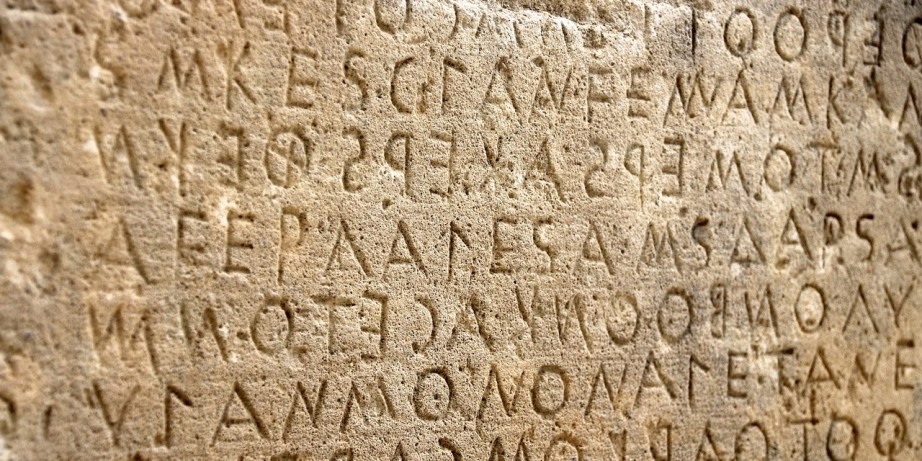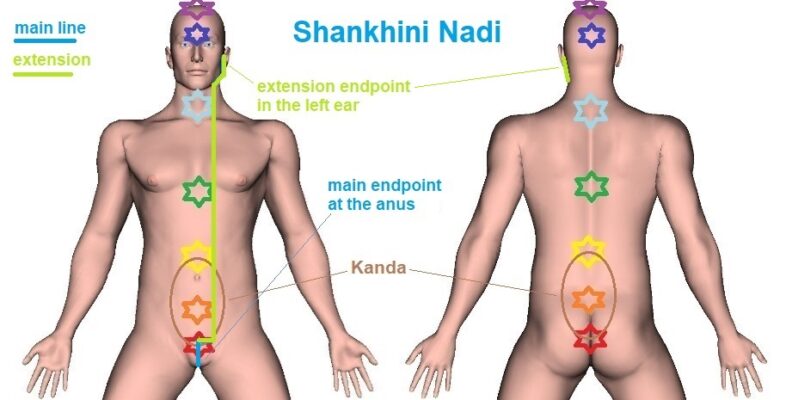
Looking at the names of the Yoga Nadi Energy Channels, you may have noticed that the same Nadi can have either differently spelled names or even totally different denominations and various synonyms. In this post, we’ll explain why this is the case.
Some of the synonyms of certain Nadis have come into use to specifically underline their properties or characteristics, such as Ida Nadi which is called Chandra Nadi, or Pingala Nadi which is also called Surya Nadi.
The Sanskrit word “chandra” means “moon,” and the word “surya” means “sun,” which are also the names of the Moon and Sun Deities in Hinduism. Chandra Nadi is used to emphasize moon qualities of Ida Nadi (creativity, cooling, relaxing, introversion, among others), and Surya Nadi to emphasize sun qualities of Pingala Nadi (energy, activity, heat, among others).

Another example is the use of the synonym Brahma Nadi for Sushumna Nadi. In this case, it’s the reference to the name of Sushumna’s most inner, sacred Prana channel. As it is, it’s thought that Sushumna Nadi consists of three inner Nadis.
Sushumna is also called Saraswati, which is yet another synonym for Sushumna Nadi pointing to the mythical and invisible Indian Saraswati River. Together with the Ganga River (another synonym for Ida Nadi) and the Yamuna River (another synonym for Pingala Nadi) the Saraswati River has a common meeting point or confluence called the Triveni Sangam. Mind here that the synonym Saraswati, although related, is not the same as the distinct Nadi Energy Channel called Saraswati Nadi.
Another issue is the phonetic translation of the Sanskrit and Hindi language in the Romance alphabet (Latin alphabet). For instance, Hastijihva Nadi is also written as Hasti Jeeva Nadi. Or, Pusha Nadi, which maybe written as Pusa Nadi (without an “h”) or Pushaa Nadi (with double “a”).
Additionally, a common phonetic ambiguity is that of the random use of “w” and “v” such as in Saraswati Nadi or Sarasvati Nadi, or Yashaswini Nadi and Yashasvini Nadi.
As the collected knowledge of the Nadis and their descriptions spans a great number of textual sources written across more than two millennia, you will also simply find errors and typos in manual copies of classical texts, or in translations, but also regional differences in the languages and dialects used.
Think, for instance, of Yashaswini Nadi which is also written or pronounced Yajasvini Nadi, or Gandhari Nadi which is also referred to as Gandharika Nadi.
In any case, it’s quite a Nadi name hotch-potch out there, but if you want to know the common spellings and synonyms of the principal Nadis you may want to read our post Fourteen Major Nadis – Pathways and Termination Points.

















